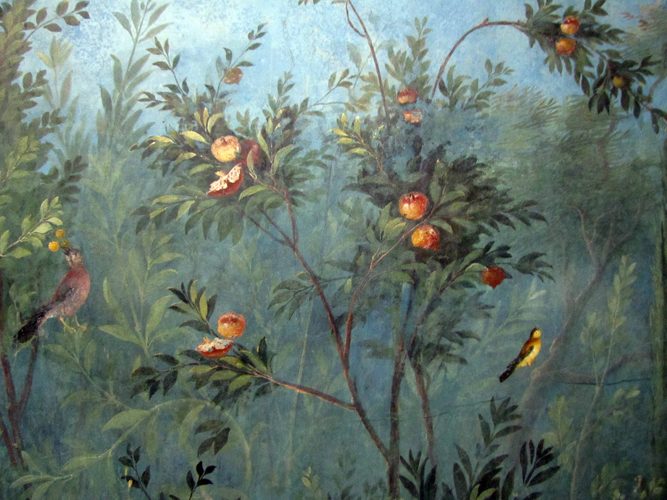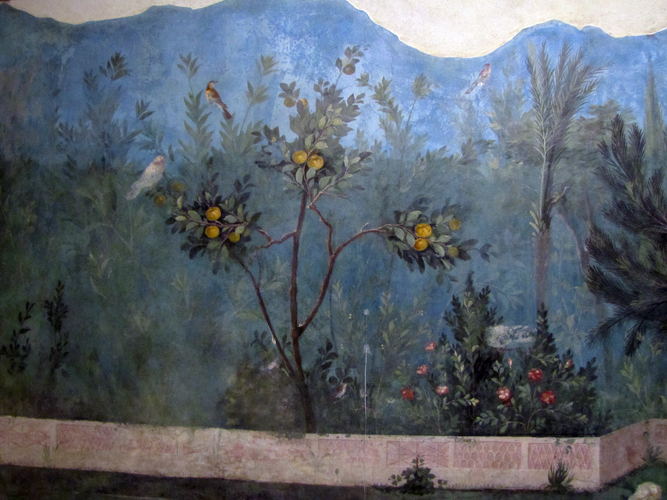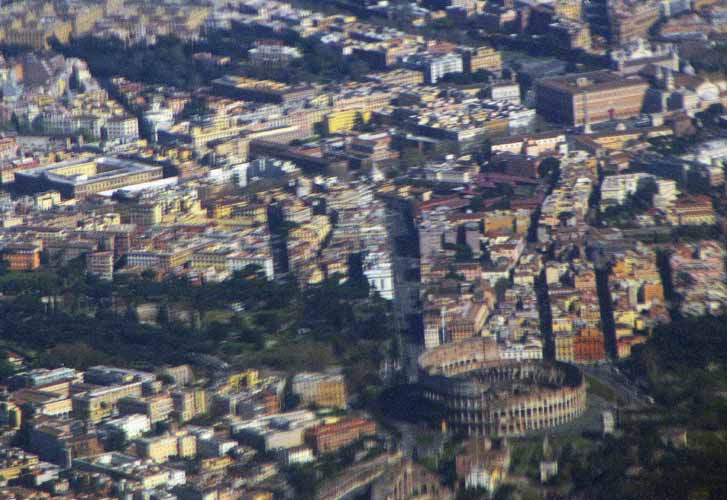
Italy Photos 1: Rome

Rome - taken from the plane as it arrived. The Colosseum is at the bottom right.
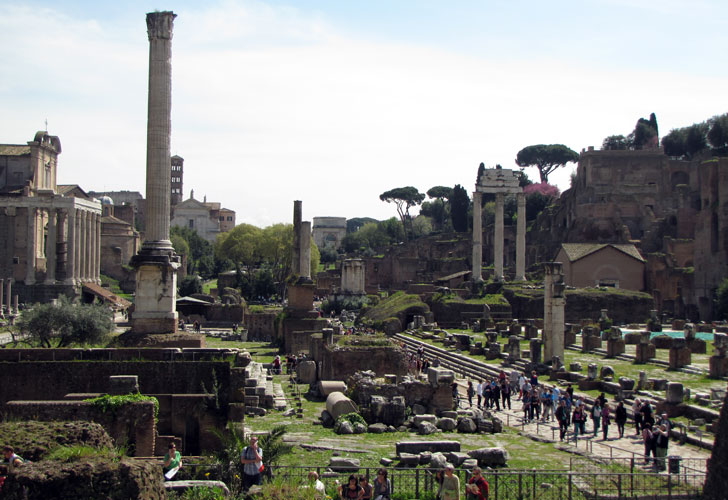
The Roman Forum - centre of its government for hundreds of years.
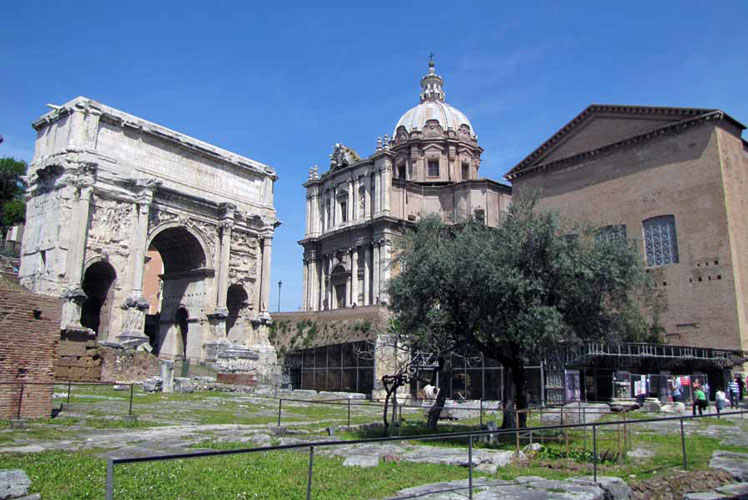
Roman Forum - arch of Septimius Severus on the left and the Curia, or senate building, on the right.

Me in front of the Forum, with the Palatine Hill in the background (where the emperors lived).
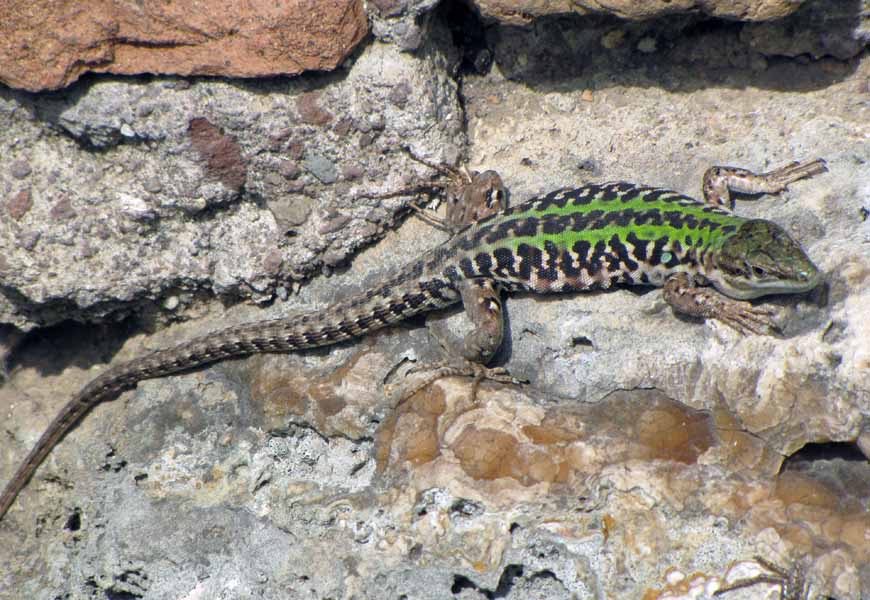
One of hundreds of lizards we saw in Italy.
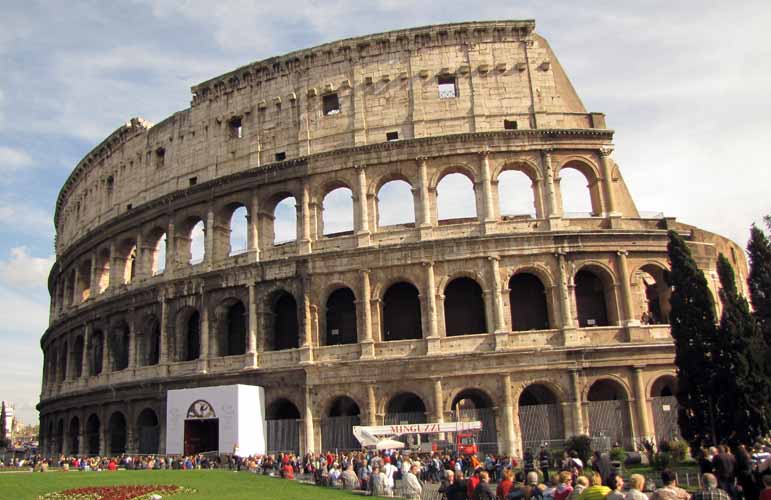
The Colosseum - or as it was known back then, the Flavian Amphitheatre.
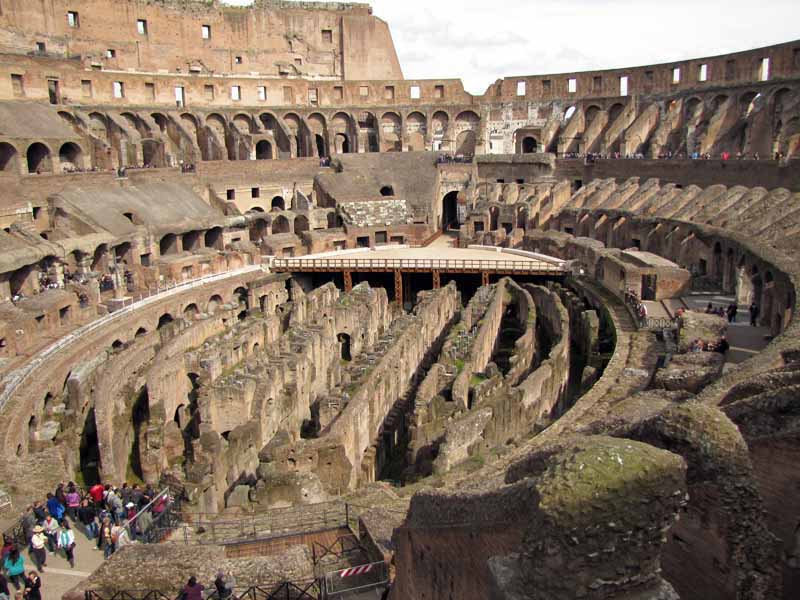
Inside the Colosseum. The floor of the arena is missing, so you can see the many rooms underneath.
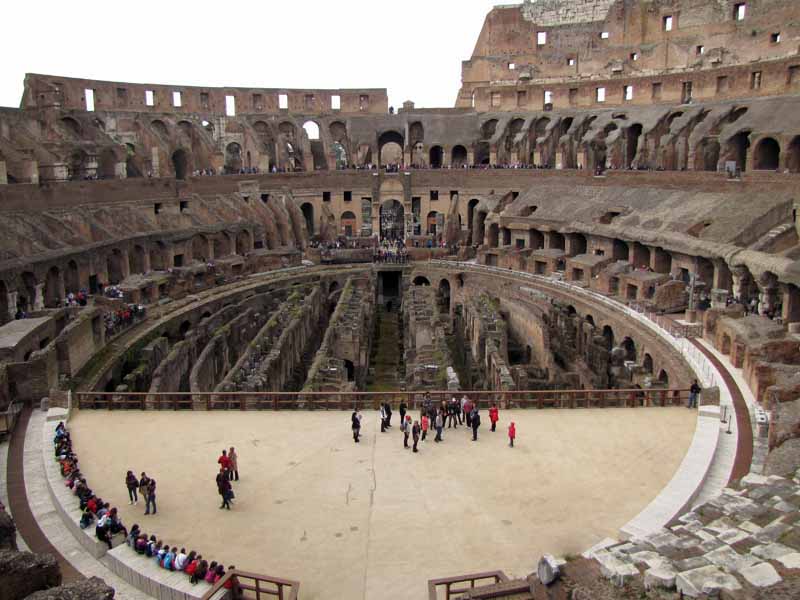
These rooms were used for gladiastors and wild animals, which could be raised using lifts so they suddenly appeared in the middle of the arena.
The seating was in three sections; the richer you were the closer you sat to the action. The only remaining original seats are at the bottom right of the photo.
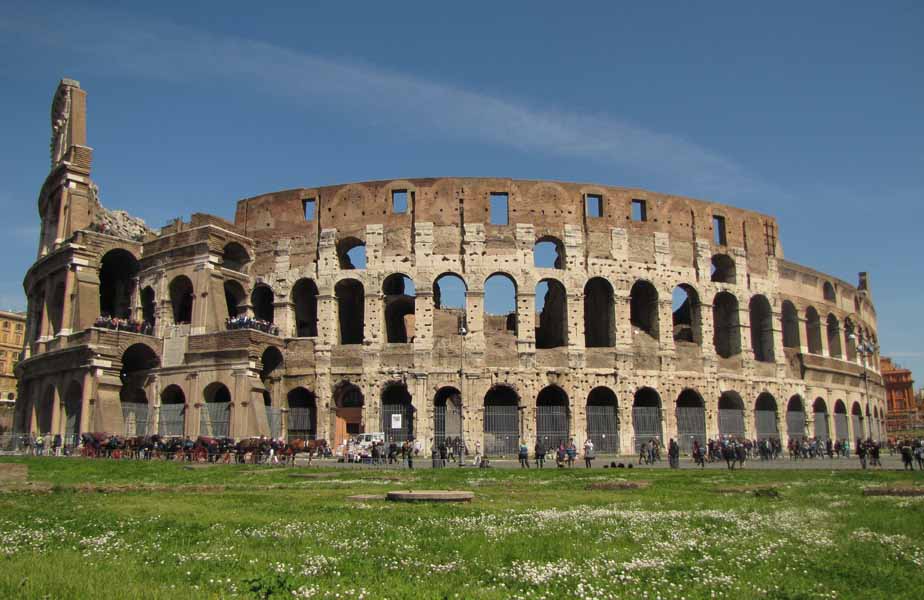
The Colosseum is a huge building - it could seat as many as 80,000 spectators. Entry was free.
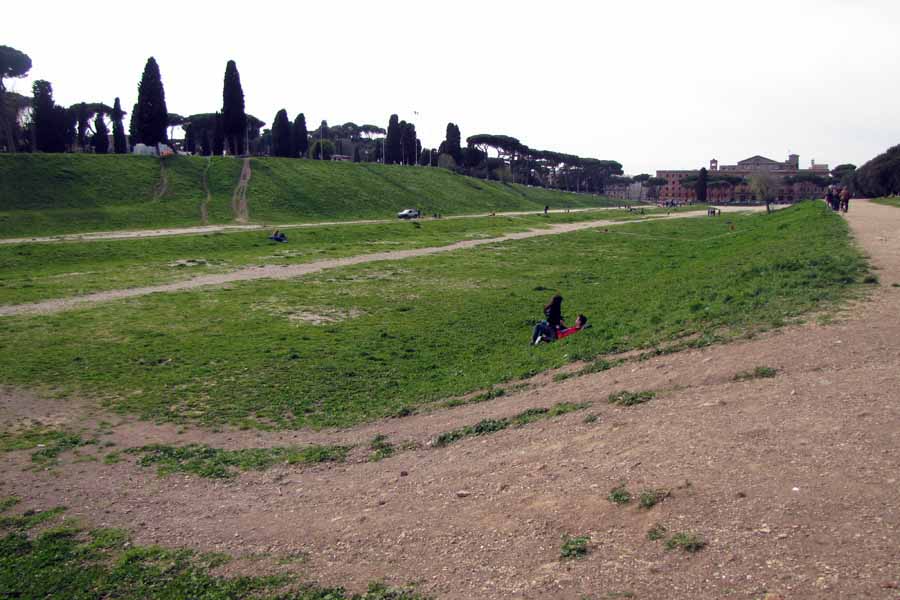
The Circus Maximus. This was a vast stadium for chariot racing. It is thought that 250,000 people could attend.

The Capitoline Museum - a famous statue called the Dying Gaul.
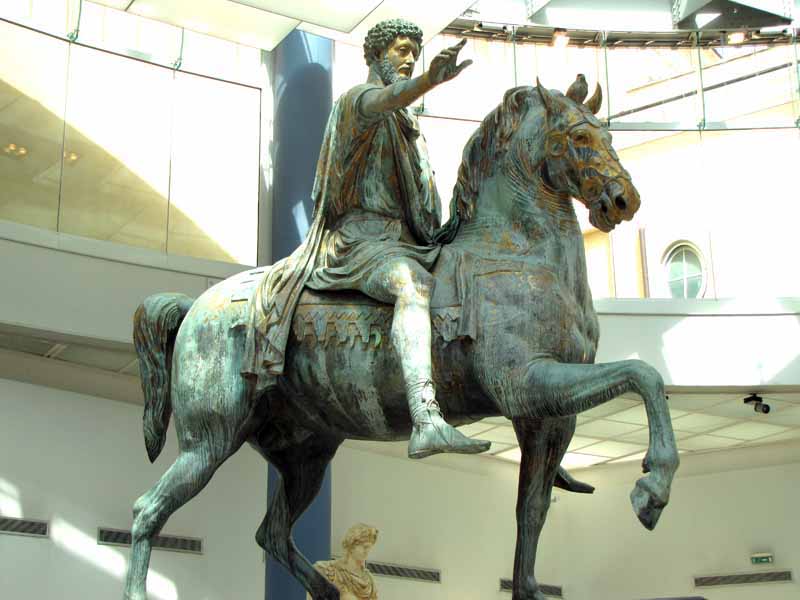
Bronze statue, covered in gold, of the Emperor Marcus Aurelius (one of the good ones).
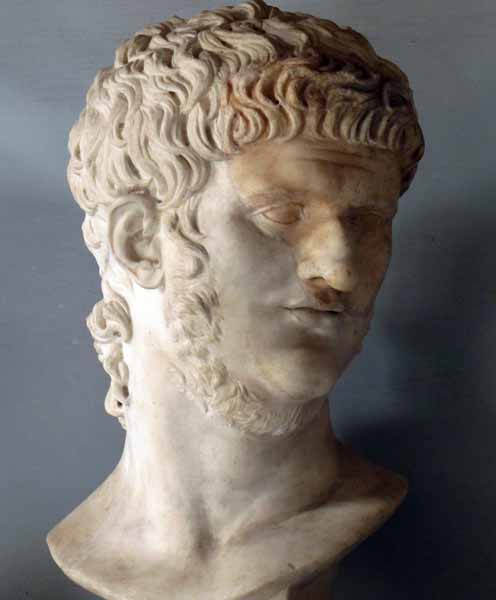
Bust of the Emperor Nero (one of the bad ones).

Famous bronze statue of a she-wolf. The babies were added in later times and represent Romulus and Remus.
According to legend, these brothers were raised by a wolf. Romulus killed Remus and founded Rome in 753BC.
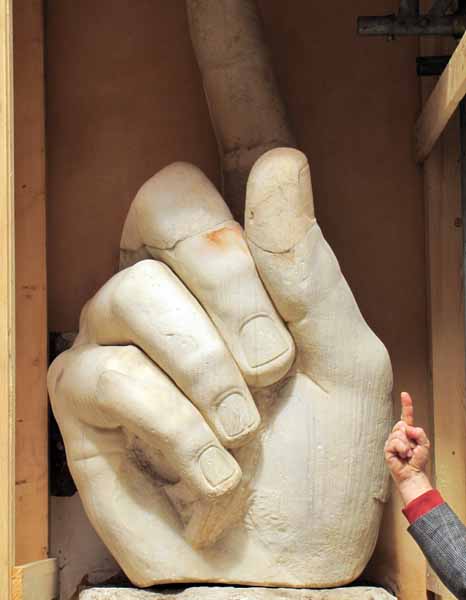
Part of a giant statue of the Emperor Constantine.

Trajan's Column. It is carved all over with scenes showing the Emperor Trajan's conquest of Dacia.
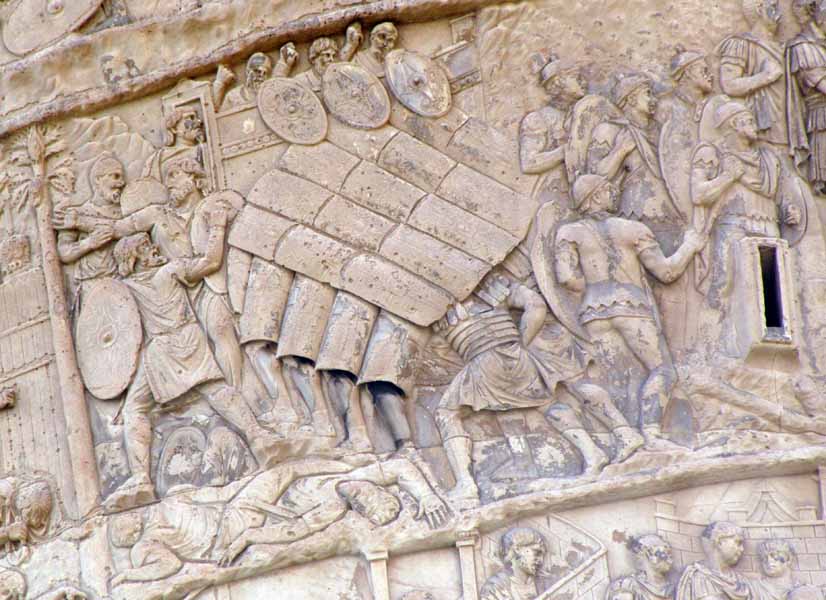
Scene from Trajan's Column showing soldiers in a testudo, or tortoise formation, attacking a city.
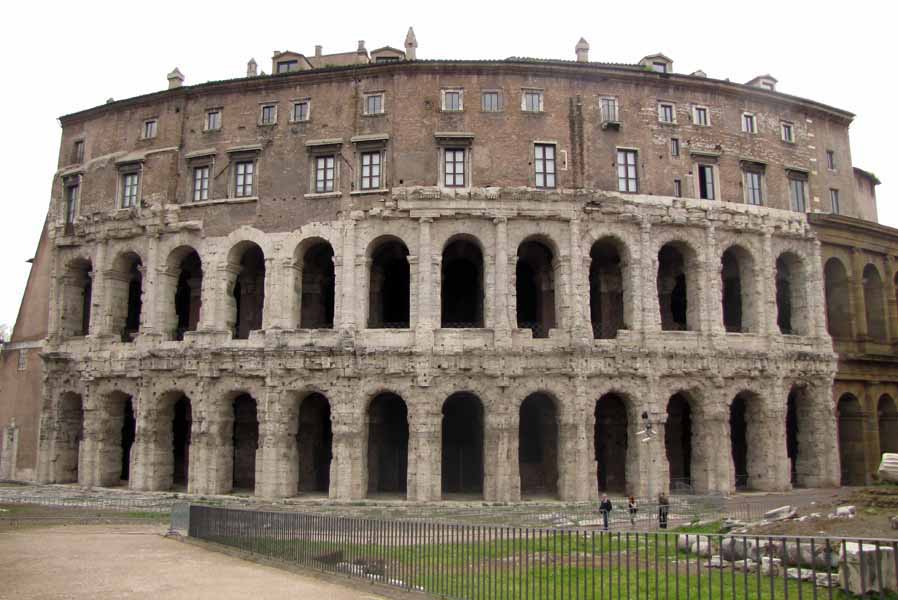
The Theatre of Marcellus.

Temple of Fortuna.

The Bocca del Verita, or Mouth of Truth.
Originally it was part of a fountain, and represents a river god.
Later, a legend arose that if you put your hand in and tell a lie, it will bite off your hand.

The enormous Baths of Caracalla, built in 216AD. Up to 1500 people could visit at one time.
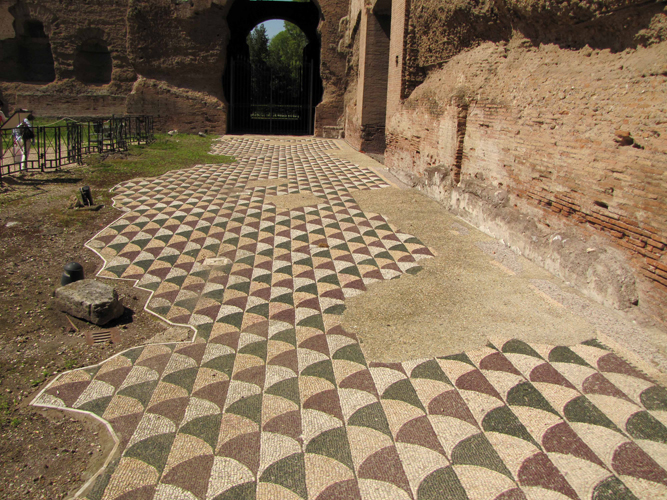
Mosaic on the floor of the Baths of Caracalla
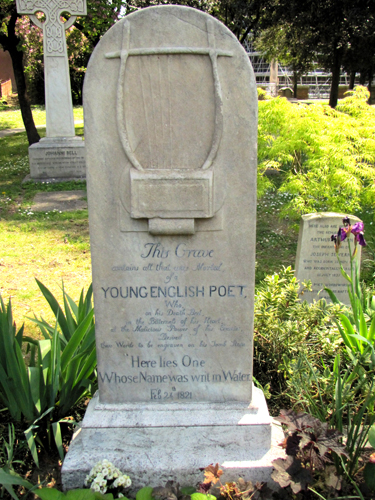
The grave of John Keats, English poet, in the Protestant Cemetery in Rome.
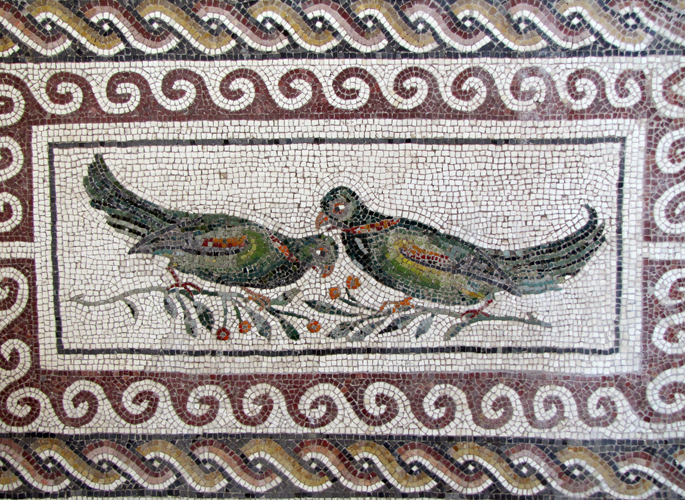
One of the many beautiful mosaics in the Palazzo Massimo Museum
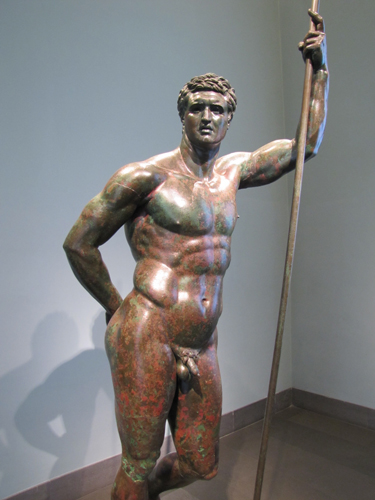
Bronze statue
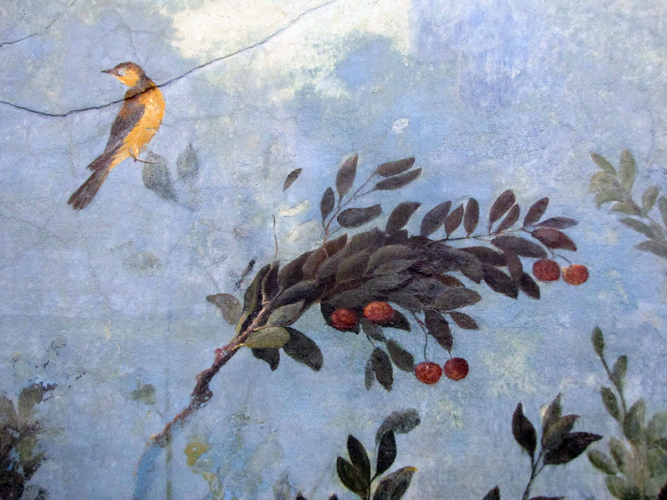
The stunning garden mural from the house of Livia, wife of the Emperor Augustus
`
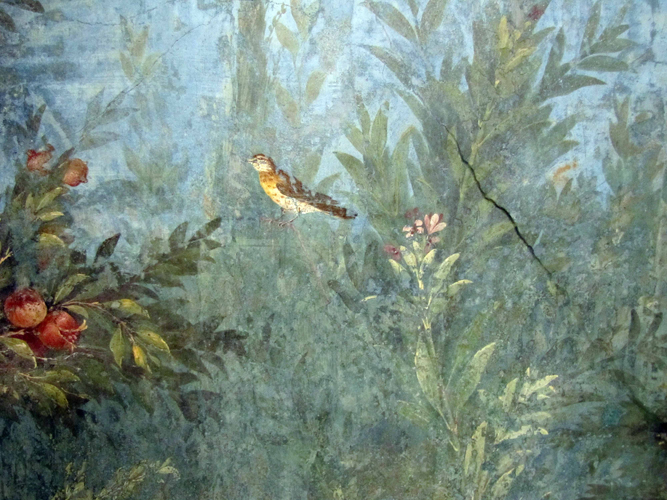
The paintings covered four walls of a room and showed many species of plants and birds.

The mural is one of the loveliest things we saw in Italy.
